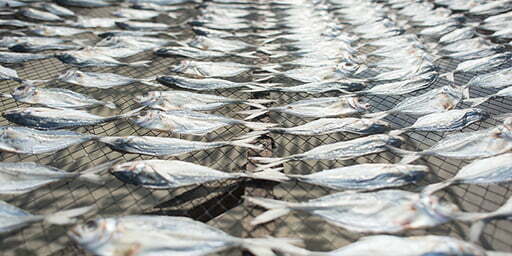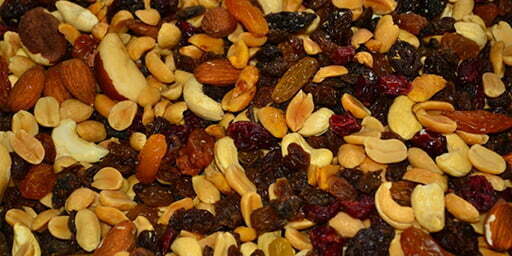What is the characteristics of the dryer for food?
The energy consumption of traditional drying process is very large because its thermal efficiency is only about 30%-60%. In the drying process, the electric heat for drying and evaporating moisture is about 36%, and the loss of exhaust gas is about 58%. The heat and hot taken away during the drying process is 2%, and the thermal efficiency is only 40%.
In terms of the dryer for vegetable, the advantage is low heating temperature. The temperature reduced by the heat pump drying technology can be about 38-52°C compared with the traditional drying process. The heating temperature of the heat pump drying process is about 37°C, and the drying time is short. The time for producing dehydrated vegetable takes no more than 8 hours, and it usually takes 4 hours from preheating to production.
The vegetables produced by the Shuntec dryer for food have good color and stable internal quality. It is a dryer with low energy consumption. As the drying process uses air circulation, and the heating temperature is low, thus the drying time is short and the capacity is large. The heat pump drying process consumes less energy and Shuntec heat pump dryer is a good energy-saving product.
The materials entering the dryer for food should be prevented from shaking as much as possible. If the moisture content becomes larger, the output of the dryer will decrease or the dried product will not meet the moisture content requirements. If the moisture content becomes smaller, the outlet temperature will be rose and the dried product will be over-dried. It not only reduce the thermal efficiency of the equipment, but sometimes also increase the temperature of the product, which will affect the quality of production eventually. Regarding the high-humidity materials (more than 60% of moisture content), mechanical dehydration (such as filter press, centrifugal dehydration, etc.) should be conducted to give pre-dehydration before drying. Although the mechanical dehydration equipment is relatively expensive, its low operating cost is incomparable to hot air drying.




